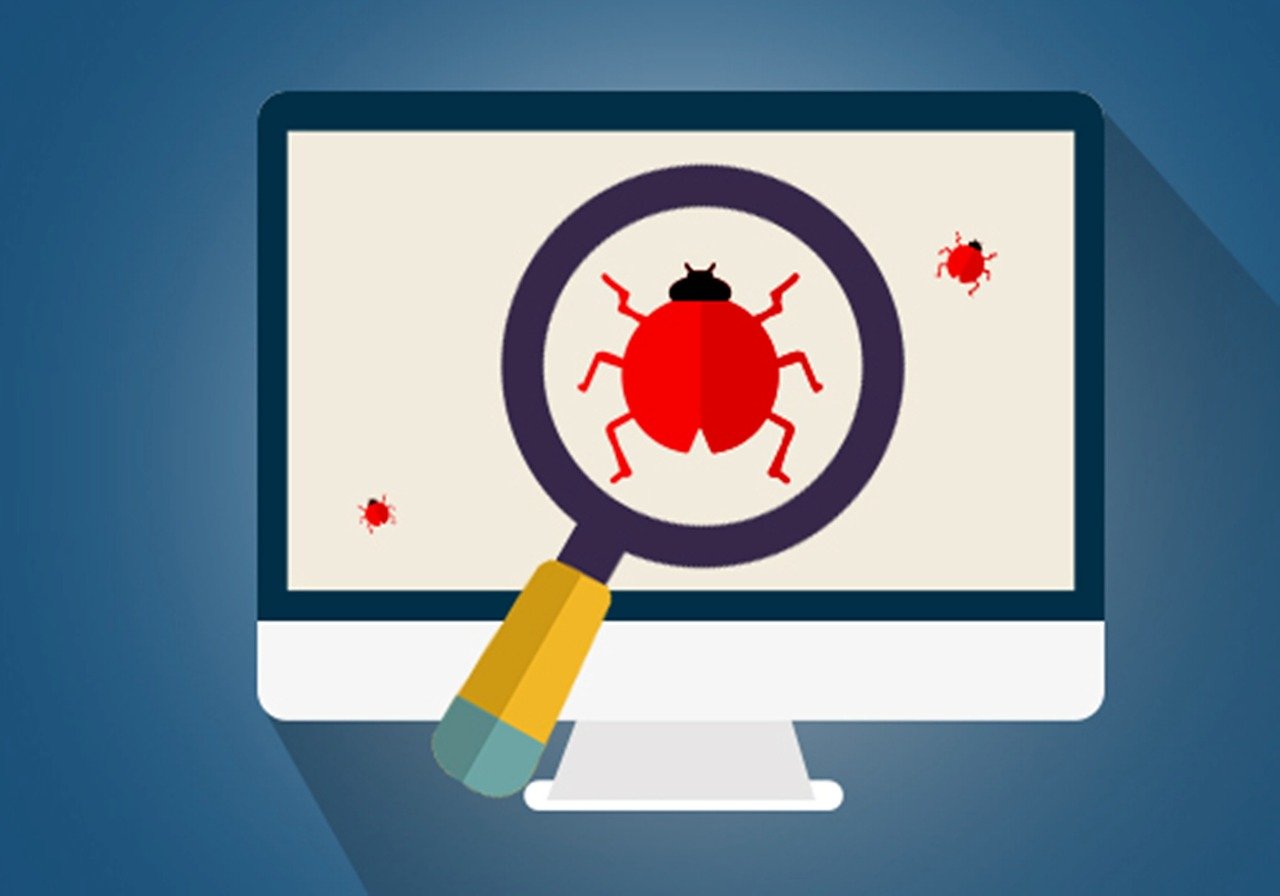- About Us
- Services
Our software testing services ensure the reliability and quality of your applications through comprehensive security testing, performance testing, and game testing. We specialize in automation to enhance efficiency, and mobile app testing to guarantee seamless user experiences across devices. Trust us to deliver robust, high-performing, and secure software solutions
- Industries
Industry Solutions
Tailored Testing for Diverse Sectors
Our expertise extends across various industries, allowing us to provide specialized testing solutions that meet the unique needs of each sector
- Resources
- Contact Us
Elevate Your Cloud Security with These Proven Penetration Testing Best Practices
As organizations continue to migrate their operations to the cloud, it’s crucial to ensure that their cloud infrastructure is secure and resilient against cyber threats. Cloud Penetration Testing is a critical component of this process, and by following these best practices, you can maximize the effectiveness of your testing efforts.


Understand Your Cloud Environment
Before you begin the testing process, it’s essential to have a comprehensive understanding of your cloud environment. This includes mapping out your cloud architecture, identifying all cloud-based assets (such as virtual machines, databases, and storage buckets), and understanding the various cloud services and configurations you have in place.
Adopt a Risk-Based Approach
Prioritize your testing efforts based on the potential impact and likelihood of vulnerabilities. Focus on the most critical cloud assets and services that could have the most significant consequences if compromised.


Leverage Cloud-Native Security Tools
Utilize the security tools and services provided by your cloud service provider (CSP) to enhance the effectiveness of your testing. These tools often offer advanced capabilities for vulnerability scanning, threat detection, and incident response.
Simulate Real-World Attacker Scenarios
Design your testing scenarios to mimic the tactics, techniques, and procedures (TTPs) used by real-world threat actors. This will help you identify vulnerabilities that could be exploited in a real-world attack.


Assess Identity and Access Management (IAM)
Thoroughly evaluate your cloud IAM configurations, including user permissions, role-based access controls, and privileged accounts. Ensure that access to critical resources is properly restricted and monitored.
Test for Misconfigurations and Vulnerabilities
Conduct comprehensive scans and manual tests to identify misconfigurations, vulnerabilities, and security weaknesses across your cloud infrastructure, including cloud storage, databases, and serverless functions.


Validate Cloud Security Controls
Assess the effectiveness of your cloud security controls, such as firewalls, encryption, and logging mechanisms. Ensure that these controls are properly configured and functioning as intended.
Maintain Continuous Monitoring and Testing
Cloud environments are constantly evolving, with new services and features being added regularly. Implement a continuous testing program to ensure that your cloud security posture remains robust and up-to-date.


Collaborate with Cloud Experts
Partner with cloud security experts who have deep knowledge of cloud architecture, security best practices, and the latest attack techniques. This will help you maximize the value of your Cloud Penetration Testing efforts.
Prioritize Remediation and Validation
Promptly address the vulnerabilities and security issues identified during the testing process. Validate the effectiveness of your remediation efforts through re-testing to ensure that the identified weaknesses have been effectively resolved.

